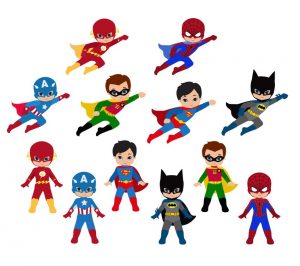

But, to a casual viewer, perhaps a 1931 viewer, it is a movie about a man swanning around in cloak, spinning it all over the place before biting women on the neck. To say that the movie is just Bela Lugosi swanning around in cloak, spinning it all over the place before biting women on the neck, is to really undercut how brilliant his performance in the movie is. If you were the kind of person who was well off enough to own a cloak, most of the people you knew would have seen Dracula. This is the original poster for Dracula, which might as well be called “look at this guy in a cloak!” Dracula was a massive hit, so much so that it kicked off a slew of monster movies (the next of which was Frankenstein.) And this was at a time when 65% of Americans went to a cinema on a weekly basis. And in this case: Dracula premiered in 1931.

It’s hard to say the precise reasons why any item falls out of popularity, but usually clues can be found in the events of the time. However, it’s commonly agreed that cloaks fell out of popularity in the 1930s. You can find pictures of well-dressed men in capes and cloaks from this period, at least at formal occasions, such as going to the opera, without too much difficulty. A publication entitled The American Cloak and Suit Reviewwas going strong as late as 1920. A 1914 Bulletin from the US Bureau of Labor Statistic refers to the Cloak, Suit and Skirt industry, which seems to imply reasonable popularity of the item. But cloaks continued to exist as a staple of fashion for many men and women. Overcoats became popular in the mid-1800s, - usurping the cloak - and greatcoats (essentially long wool overcoats) began to take the place of other military attire. That’s not to say they didn’t lose popularity. As opposed to wigs, which serve no function whatsoever, cloaks are all purpose garments. Cape/groundsheets were used in the Australian army up until the 1970s. A well-made cloak also provides ample coverage against the rain. They’ve been around since ancient times simply because they’re so easy to make and could double as a night blanket for travelers. In part that’s probably because, unlike the laces, ribbons, and high heels despised by the revolution, cloaks are extremely practical. Cloaks escaped the reign of terror and remained appropriate manly attire well into the 19th century, worn by Napoleon Bonaparte, among others. But capes, or more properly cloaks (capes are short, cloaks are floor length, though at this point they’re used pretty interchangeably), despite being worn primarily by the wealthy, were spared that fate. This meant an end to stockings, male high heels, elaborate wigs and even some richly colored, expensive fabrics. The idea of a decorative man was replaced by the idea of a man of vigor and action. This extended through much of Europe, where aristocrats, correctly or incorrectly, thought that maybe they should begin looking a bit more relatable. One leader of the revolution, Barere, issued a decree saying that anyone wearing wigs would be suspected of insufficient devotion to the cause, and that people would have to choose “ between their headdresses and their heads.” So people very quickly, and men in particular, started dressing like members of the lower class.

So you definitely didn’t want to dress like a member of the ancien regime because they would guillotine you. The more important reason, however, was likely that the radical Jacobins killed anyone who even appeared to have royalist sympathies. One was that it genuinely seemed easier to move about in it. The new fashion caught on for a few reasons.

The working men, who were a motivating force behind the revolution, became known as “sans culottes” meaning “without breeches.” The term referred to workers who could not afford the silk breeches and stockings worn by aristocrats, and instead wore pantaloons. After the overthrow of the French monarchy, people began eschewing traditional aristocratic symbols as a political statement. That’s a change that came about as a result of the French revolution in 1789.


 0 kommentar(er)
0 kommentar(er)
